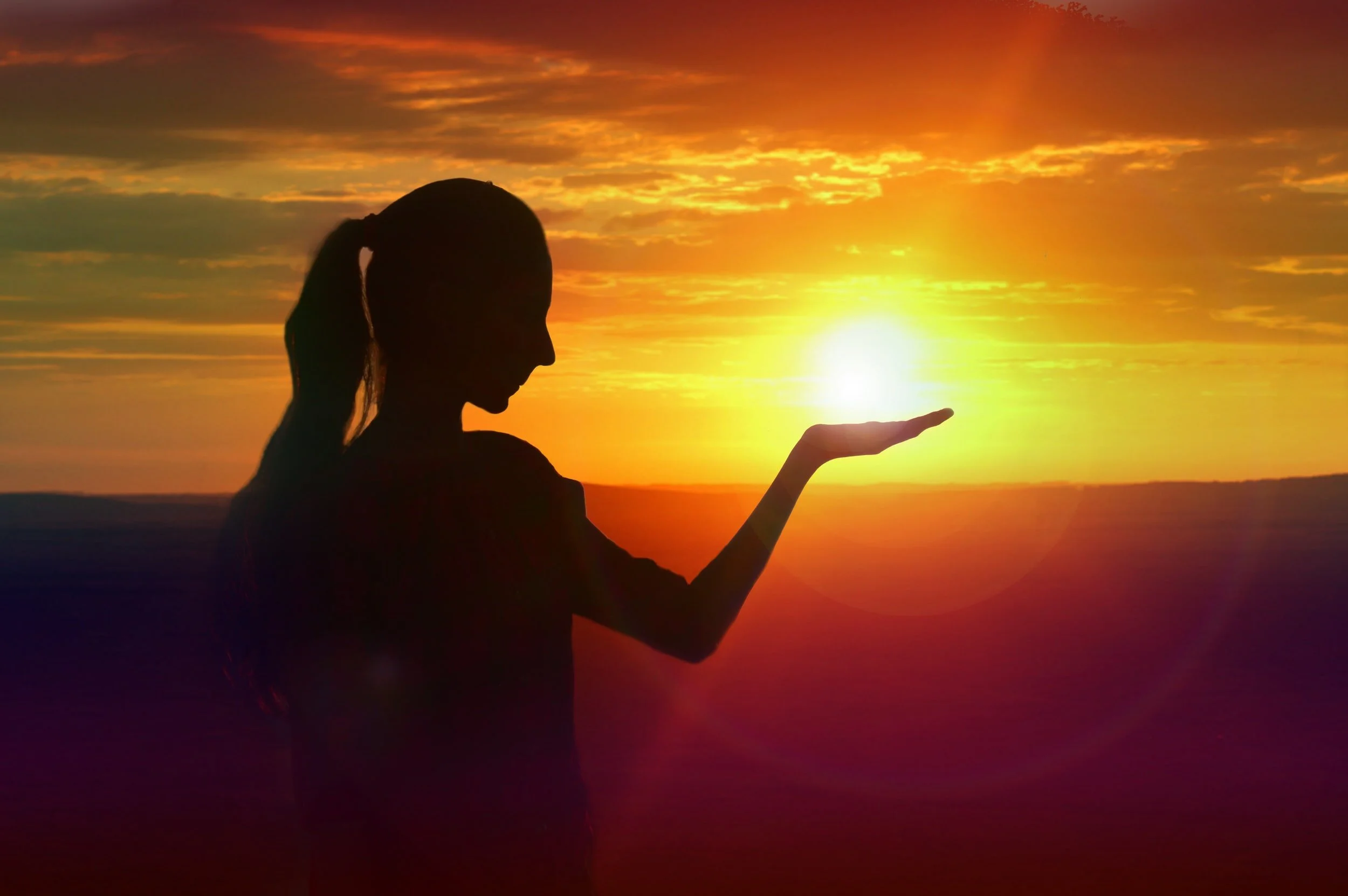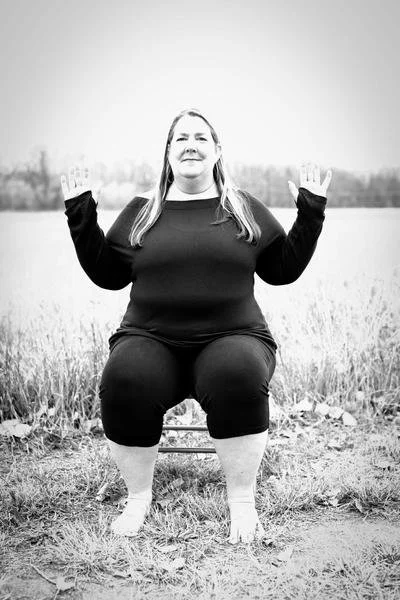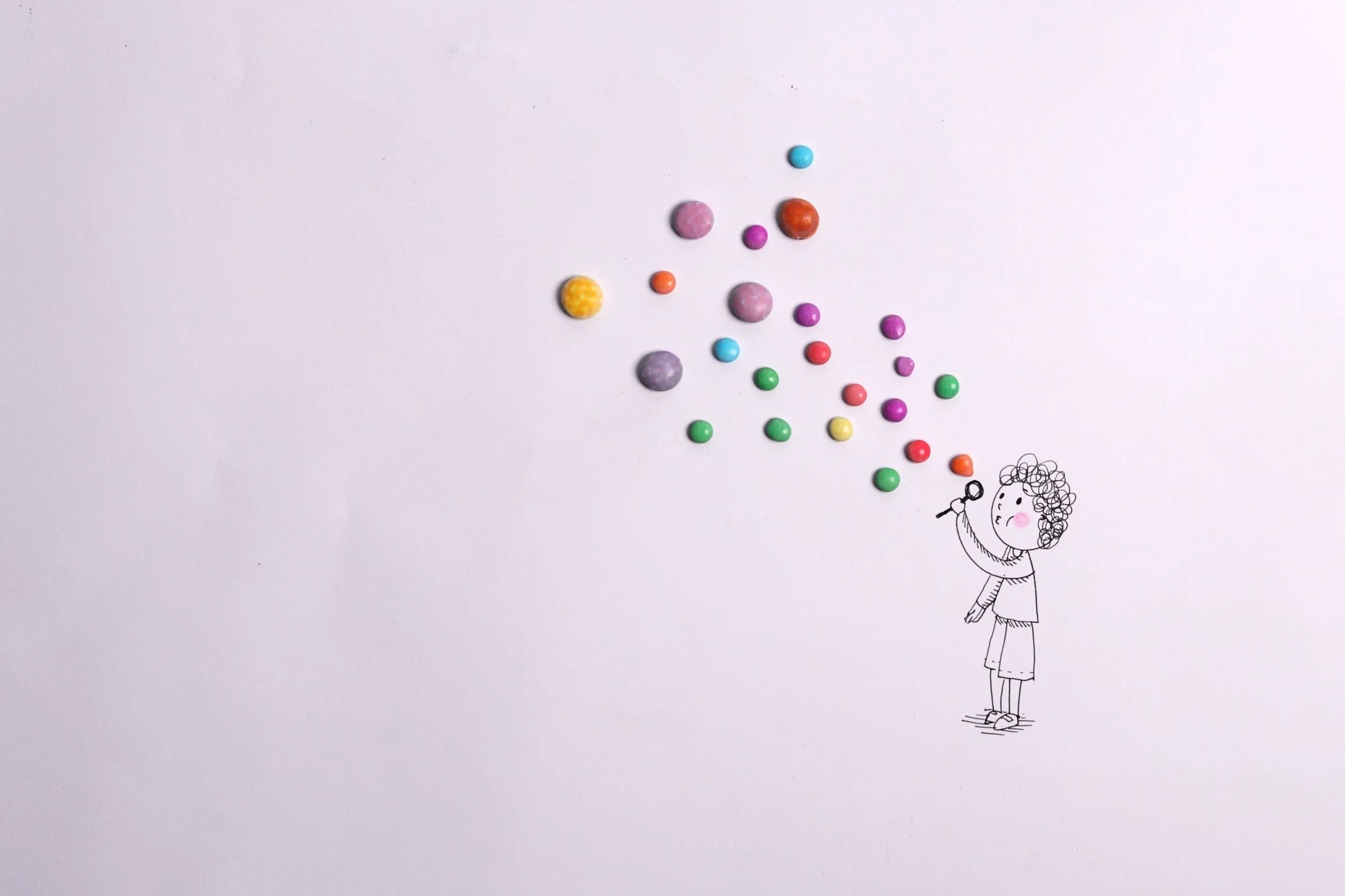Sun Salutations: Illuminate Your True Self
/By Stacy Johnson — Last Updated March 15, 2024
If you are new to yoga, you might not know the term Sun Salutation. If you are a regular yogi, you’ve likely not only heard of it – but also have been guided through many in your yoga classes.
Often, we come to yoga class and do whatever the teacher says, sometimes not even really knowing the “why”. In yoga, understanding the “why” behind things can be just as illuminating as the “how”. Understanding the logic can help facilitate deeper personal growth and thus, a more robust yoga experience.
In Sanskrit, Sun Salutation is translated as Surya Namaskar – you have likely heard that in classes before. The Sanskrit word Surya means “Sun”. The Sanskrit word Namaskar stems from the word namas “to adore” or “to bow to”. You also hear the word Namaste at the end of a yoga class. That word also stems from the word namas – therefore namaste is often translated into “I bow to you in adoration”. One of the founding fathers of modern yoga, Sri Pattabhi Jois believed that the entire yoga asana practice is contained within the Sun Salutations, meaning all the physical strength, mental strength, flexibility, and self-discovery is represented. All muscle groups are strengthened, stretched, and developed to some degree.
The earliest known origins of Surya Namaskar were around 3500 B.C.E. The ancient yogis presented Sun Salutations in the morning to show their respect and honor to the sun as the source of energy and light to the world. The yogis did it as a moving meditation and included physically rising from the Earth and coming back down as a demonstration of the sun’s rising and setting. They did this ritual in accompaniment with mantra and purposeful breathing. Today however, the Sun Salutation has been adapted in the western world to accommodate the busy yogis on the go and their desire for physicality; therefore, the heat-filled, fiery Chaturanga has been added into the series of poses.
These days, instead of showing honor to the sun, we can think of it as a humble adoration and honor to ourselves and the light contained within all of us. Our focus goes inward instead of outward.
In modern western yoga classes, Sun Salutation A consists of 10 postures, and Sun Salutation B consists of 18 poses. These postures are performed at the beginning of class (most commonly but not limited to vinyasa classes) to warm the body, loosen the muscles, and practice breathing as the primary focus which helps yogis calm their minds, ease stress, and develop a moving meditation.
Perhaps consider a few rounds of the Sun Salutation to start each day, or maybe you want to go for the traditional practice of 108 Sun Salutations at the change of seasons - Summer and Winter Solstice or Spring and Fall Equinox! Why 108? In many religions 108 is a sacred number. For the purposes of this article, we will examine just a few. In the Sanskrit alphabet, there are 54 letters each having a masculine and feminine version (54 + 54 = 108).
Also, the diameter of the Sun is 108 times the diameter of the Earth. Therefore, with each completed Sun Salutation, you have symbolically completed one rotation around the Sun and back down to Earth. Allowing the thought of the Sun illuminating our truest self in the process!
On a personal note, I honestly can say that last summer I completed 108 Sun Salutations (A). It was physically exhausting, yet mentally I felt so happy and strong. With each Sun Salutation I completed, I was focusing less on my body and more on what was happening in my mind and with my breath. As my body exhausted, my self-reflection was empowered. I kept track of my count by having a notepad and pen nearby. Every time I completed 10 rounds, I would mark it on my notepad.
All the way to 108 – outside – as the sun was revealing the sky in the early evening.



































